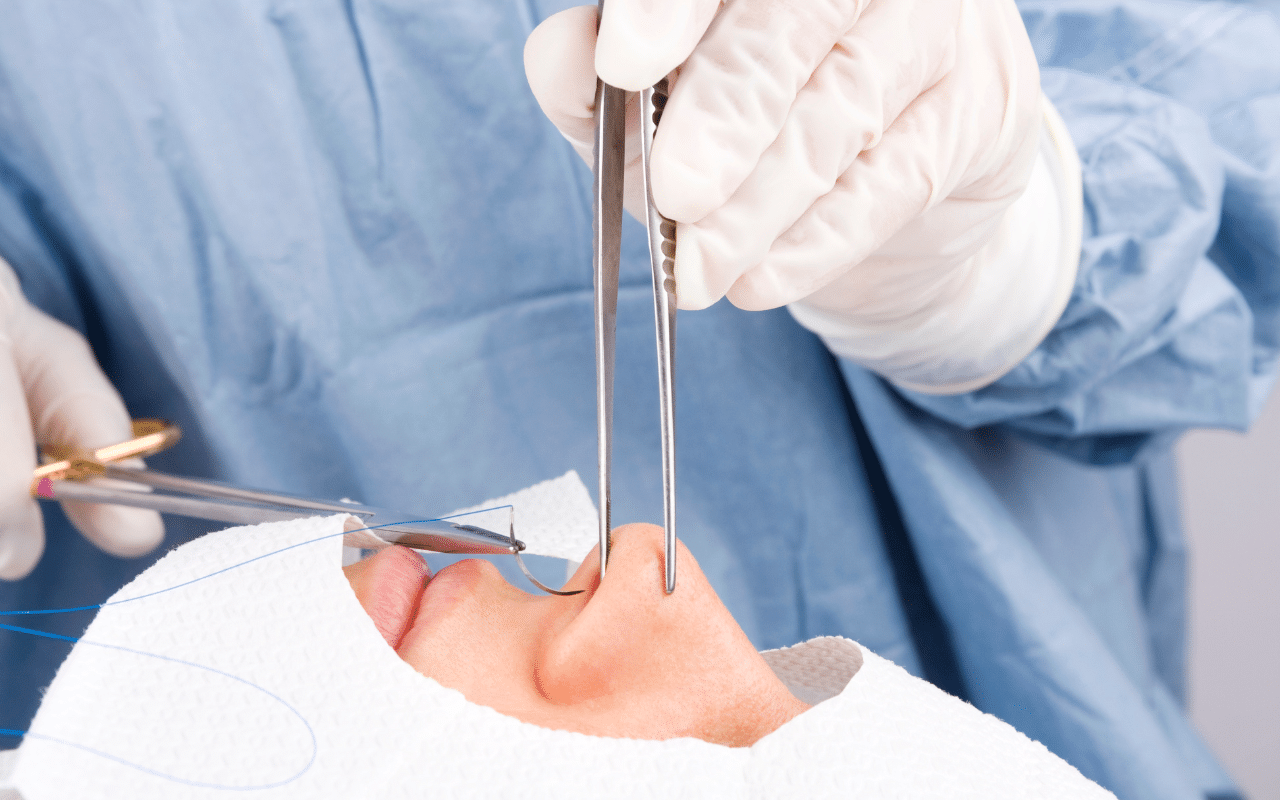Non-Adherence to Post-Operative Care: Failing to strictly follow your surgeon's post-operative instructions can increase the risk of complications.
Substandard Surgical Facilities: Procedures performed in clinics that do not meet proper health and safety standards may use unsterilized materials and tools, heightening the likelihood of infection.
Allergic Reactions: Some individuals may develop an allergy to the silicone used during the procedure, leading to adverse reactions.
When to Consider Revision Surgery
The necessity for revision surgery following an infection largely depends on the underlying cause and severity of the infection. It’s essential to consult your surgeon for a thorough evaluation and appropriate treatment.
Mild Infections: In cases where the infection is not severe, your doctor may prescribe antibiotics to alleviate inflammation and combat the infection effectively.
Severe Infections: For more serious infections that do not respond to initial treatments, it may be necessary to remove the silicone implant. This is typically done after a waiting period of 3-6 months to allow for adequate healing before considering a secondary rhinoplasty.
Preventing Post-Operative Infections
To reduce the risk of infections following your surgery, consider the following guidelines:
Adhere to Post-Operative Instructions: Follow all care instructions provided by your surgeon, including how to clean the surgical area and manage swelling.
Select a Reputable Surgical Facility: Choose a clinic that adheres to strict hygiene practices and uses only sterilized materials.
Be Vigilant About Symptoms: Monitor for signs of infection, such as increased redness, swelling, or unusual discharge from the surgical site. If any of these symptoms arise, seek medical attention immediately.
Communicate Any Allergies: Inform your surgeon about any known allergies, especially to silicone or other materials, to ensure safe choices during your procedure.
By taking these precautions and remaining informed, you can significantly reduce the risk of complications and support a smoother recovery after your rhinoplasty.
Causes of Post-Rhinoplasty Infections

Infections after rhinoplasty can result from several factors:
- Substandard Medical Facilities: Using clinics that lack proper hygiene and surgical protocols can lead to infections due to unclean environments and non-standard materials.
- Inadequate Post-Operative Care: Poor self-care, such as consuming alcohol or smoking, not taking prescribed medications, or failing to keep the surgical site clean, increases infection risk.
- Accidents or Trauma: Physical trauma to the surgical area can cause inflammation and infection, especially if the wound is not properly cared for.
- Silicone Allergies: Rarely, some individuals may experience allergic reactions to silicone, causing inflammation or infection. However, most silicone used is safe and FDA-approved.
Signs of Infection
During the first week post-surgery, watch for these infection indicators:
- Persistent Swelling and Redness: If swelling and redness worsen without signs of improvement, accompanied by itching, this may signal infection.
- Excessive Fluid Discharge: A significant amount of yellowish or red fluid leaking from the surgical site, along with increased swelling and pain, is concerning.
- Visible Silicone or Discoloration: Redness at the tip of the nose or visible silicone requires immediate medical attention.
- Color Changes: If the tip of the nose remains darker than surrounding areas for months, consult a doctor.
Recognizing these signs early can help ensure prompt treatment and a smoother recovery. Contact your surgeon if you suspect an infection.
Observation Period for Infection Symptoms After Rhinoplasty

Follow-Up Phases After Rhinoplasty
Monitoring your recovery after rhinoplasty involves three key phases:
One Week Post-Surgery:
Expect pain and swelling, which should gradually decrease with medication. If swelling and redness persist, or if there’s drainage, contact your doctor immediately to prevent complications.
Two Weeks Post-Surgery:
The surgical site should start healing. If you notice worsening symptoms like increased discharge or pus, seek medical attention promptly.
One Month Post-Surgery:
Swelling should subside, but watch for potential infections. Consult your surgeon if any unusual symptoms arise.
Treatment for Post-Rhinoplasty Infection
Treatment for nasal infections depends on severity:
- Antibiotics:Mild infections may be treated with prescribed oral or injectable antibiotics for 7 to 14 days.Hot or Cold Compresses:
- Use cold compresses in the first three days to reduce pain, then switch to warm compresses to decrease swelling.
- Pain Relievers:For inflammation without infection, over-the-counter pain relievers like acetaminophen or ibuprofen can help.
- Regular Doctor Visits:Attend follow-up appointments to monitor recovery. Prompt intervention is crucial for any abnormal symptoms.
- Surgical Removal of Silicone:
Severe infections may require surgical removal of the silicone implant to allow healing before considering another procedure.
For a safe and reputable rhinoplasty experience, consider Kamol Hospital. Our expert team provides personalized care from pre-surgery consultations to postoperative follow-ups.
Kamol Hospital offers comprehensive beauty services and is delighted to serve all our clients.

